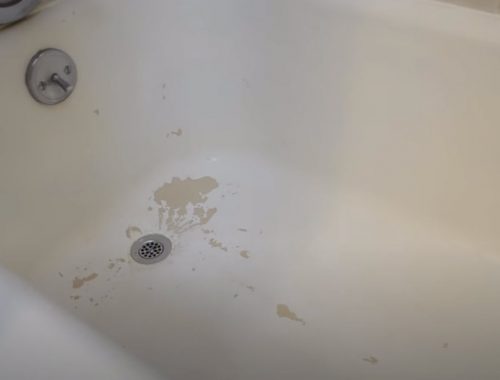The Difference Between Three-Coat and One-Coat Stucco Processes
Stucco may be a lovely textured surface for your house or business. Several textures may be used as a finish to give your structure a unique appearance or to enable it to fit in with the surroundings. But there’s more to stucco installation than meets the eye.
Stucco is much more than simply the textured finish we see on the outside. There is at least one more layer behind that texture. This “primer” layer provides a stable foundation for the final texture and increases resilience, enabling it to endure longer.
There are two kinds of stucco processes. One is termed three-coat stucco, while the other is called one-coat stucco. We will discuss the differences between a three-coat and a one-coat stucco technique and which would be ideal for you in Long Branch, NJ.
Three-coat stucco
Originally, stucco was usually laid in three coats. This has three layers, with the outer layer having a textured surface.
The lowest layer is made up of asphalt-infused paper and chicken wire laid out atop a weather-resistant barrier. This is followed by a “scratch coat” of Portland cement, lime, sand, and water that is harshly textured with horizontal lines before a brown coat is placed with a long trowel. Then apply the final finish in the texture of your choice.
Because it is twice as thick as one-coat stucco, it is tougher and more durable. This comes at a cost since it is more costly and takes considerably longer to finish than the one-coat stucco method.
One-coat stucco
One-coat stucco is a misnomer since it really consists of two separate applications. Originally, a colored finish coat was mixed into the original blend, but the effect was uneven and inconsistent, thus, the procedure was revised to include a second top coat finish.
This method combines the scratch coat and the brown coat into a single premixed mixture. This permits work to be done in a matter of days or even hours. It requires less effort and is less expensive than three-coat stucco, which has resulted in a surge in popularity in recent years.
This approach’s drawback is that it is thinner and hence more readily destroyed. It is also less long-lasting than three-coat stucco.
Rely on experts
Both the three-coat and one-coat stucco methods have advantages and disadvantages. Contact https://jerseyshorestucco.com/ now to learn more about the differences between a three-coat and one-coat stucco treatment and which would be ideal for your Long Branch, NJ, property. We’ve been serving local homeowners and business owners for over a decade and specialize in stucco installation and repair. We hope to work with you soon!
You May Also Like

How AI Is Impacting The World Of Sports
February 17, 2020
The 5 Biggest Technology Trends In 2021
January 4, 2021